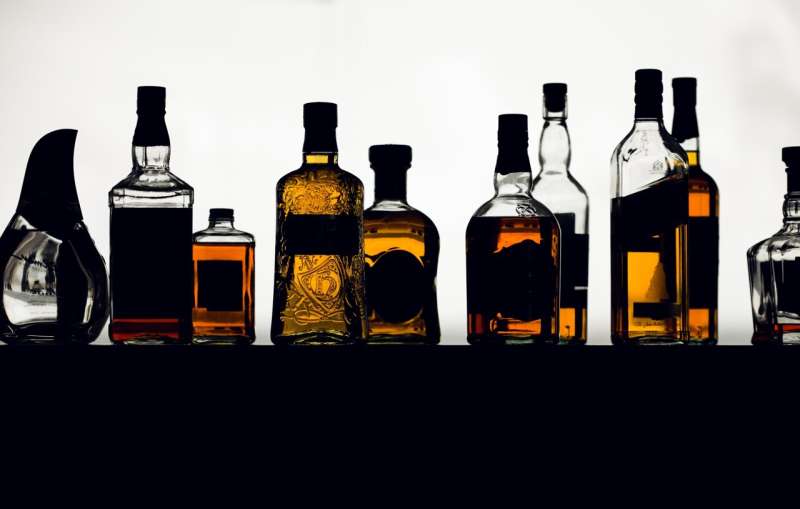
Across the European region, alcohol consumption leads to almost one million deaths each year from a wide range of causes, including cardiovascular diseases, cancers and other noncommunicable diseases (NCDs), as well as infectious diseases and injuries. Every day in the region, around 2,500 people die because of alcohol.
Decades of research and country experiences from all over the world have shown that increasing the price of alcoholic beverages through taxation is one of the most cost-effective policies used to lower drinking levels and alcohol-attributable harm. This has been recognized as a “best buy” intervention by WHO, delivering greater health impacts in reducing illness, disability and premature death than other policy options. However, alcohol taxation remains one of the least implemented measures, largely due to opposition from economic operators and because price increases are generally unpopular with the public.
This is why the NCD Advisory Council is launching this signature initiative that focuses on five key areas that will increase the untapped potential of health taxes for alcohol in the region in an unprecedented way.
“We have calculated how alcohol tax increase will impact mortality in the WHO European Region. And this data clearly demonstrates how beneficial this measure will be for people’s health,” states Prof. Jürgen Rehm, member of the NCD Advisory Council and professor at the Institute of Clinical Psychology and Psychotherapy at TU Dresden. “Furthermore, it has been shown that higher taxes are also accepted by the population if it becomes clear that they are really invested in health.”
As the current study shows, introducing a minimum tax of 15% on the retail price per unit of alcohol, that is, regardless of the type of drink, could save 133,000 lives a year in the WHO European Region. “Implementing the WHO Signature Initiative would reduce deaths caused by alcohol consumption alone, such as alcohol poisoning, alcoholic liver cirrhosis, etc., by almost 25% in the Region as a whole. In Germany, that would be approximately 20%—and that’s per year,” explains Dr. Carolin Kilian, member at the Institute for Clinical Psychology and Psychotherapy. This figure could rise significantly with the introduction of a higher tax rate.
This means that increasing taxes on alcohol products should be considered a priority public health measure. “Alcohol is very affordable in the WHO European Region. There is considerable scope for alcohol taxes to increase the price of alcoholic beverages, thereby moderating drinking patterns and reducing alcohol-related harm. Alcohol, like tobacco, is not an ordinary commodity and should be treated differently. This includes taxation that is aligned with public health objectives,” comments Maria Neufeld, Ph.D. student at the Institute of Clinical Psychology and Psychotherapy and a technical officer at the WHO Regional Office for Europe.
What counts is the final price of alcohol
Any amount of pure alcohol should cost the same—no matter the alcoholic beverage, concludes the signature initiative working group. “We need to remember that the final price the consumer pays for the bottle is important. Consumers do not buy, for example, 10 grams of pure alcohol. They buy a bottle of beer or wine or spirits—so the price levels for any beverage should be at the same level depending on the amount of alcohol inside,” explained Prof. Jürgen Rehm. The NCD Advisory Council gathers the best expertise on the topic of NCD prevention, and inspires Member States to reach the NCD-related Sustainable Development Goals. In promoting further implementation of alcohol control measures, the Council’s activities are in line with the WHO European Programme of Work 2020–2025—United Action for Better Health in Europe.
Dresden University of Technology

